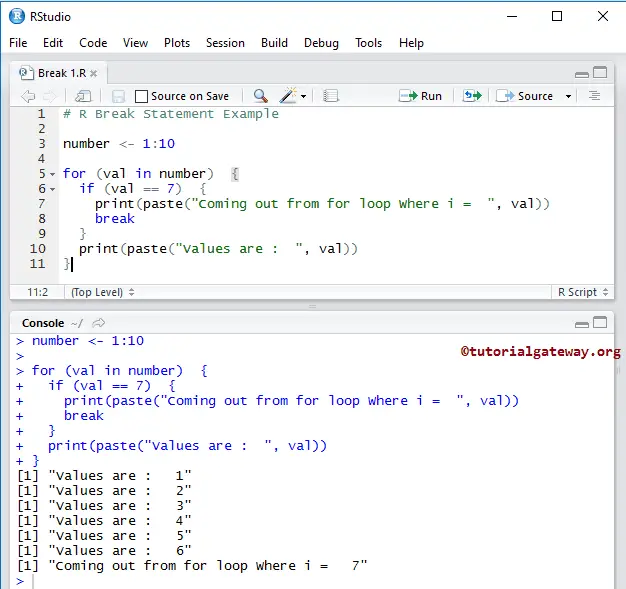
$ Ozone : int NA NA NA NA NA NA 29 NA 71 39. > s str(s) List of 5 $ 5 : 'ame' : 31 obs. Here, the min = 0 and max = 10 arguments are passed down to runif() every time it gets called. argument will get passed down to the function being applied to the elements of the list. How would you be able to specify different values for that in the context of lapply()? In the example above I used the default values for min and max. For example, the runif() function has a min and max argument too. In the above example, the first argument of runif() is n, and so the elements of the sequence 1:4 all got passed to the n argument of runif().įunctions that you pass to lapply() may have other arguments. When you pass a function to lapply(), lapply() takes elements of the list and passes them as the first argument of the function you are applying.

21.2 Loading and Processing the Raw Data.21 Data Analysis Case Study: Changes in Fine Particle Air Pollution in the U.S.15.3 Lexical Scoping: Why Does It Matter?.15.1 A Diversion on Binding Values to Symbol.12.3.1 Common dplyr Function Properties.12 Managing Data Frames with the dplyr package.9.5 Extracting Multiple Elements of a List.9.4 Subsetting Nested Elements of a List.7 Using Textual and Binary Formats for Storing Data.

5.4 Calculating Memory Requirements for R Objects.5.3 Reading in Larger Datasets with read.table.5.2 Reading Data Files with read.table().

3.2 Getting started with the R interface.


 0 kommentar(er)
0 kommentar(er)
